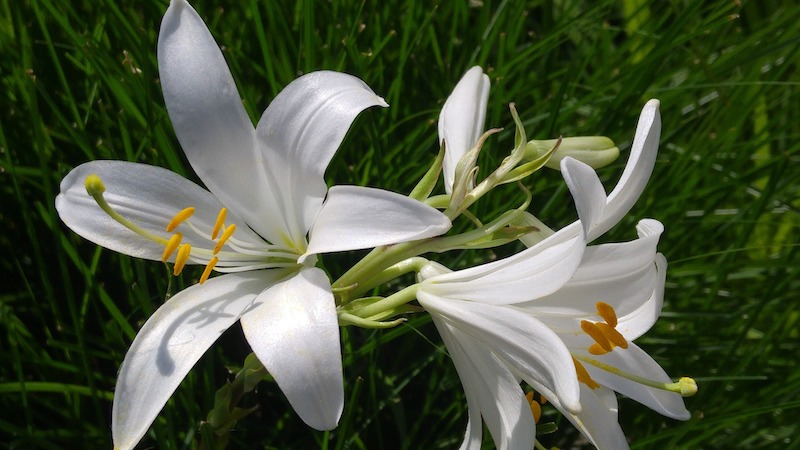Pruning lilies is an easy task to maintain their health and appearance. By removing dead and damaged foliage, you will prevent diseases and pests from overwintering and improve the overall look of the plant. It is also a good idea to deadhead, or remove spent flowers, to prevent seed formation, which can divert energy from growth and blooming the following year. Use clean, sharp pruning shears, and be careful not to damage the plant when pruning. Following these guidelines, you can adequately prune your lilies and keep them looking their best.

When to Prune Lilies
Prune lilies in the fall or early spring to remove spent foliage. Wait until the foliage has completely turned brown and limp, and then cut all top growth to the ground. Pruning lilies too early before the foliage has a chance to die back can prevent the bulb from storing adequate energy for winter.
You can also deadhead the after it has finished blooming. Removing spent blooms prevents the plant from producing seed, so the plant can spend more energy on bulb growth and by extension, next season's flowers.

Why Prune Lilies
Deadheading can conserve energy and keep the plant looking its best. Fall or spring cleanup can reduce the risk of disease, as it helps to remove old growth that can harbor disease. By performing these simple tasks, you can help your lily grow, flourish, and produce more blooms.

How to Prune Lilies
Step 1 - Gather your tools
To prune lilies, you will need a pair of clean, sharp pruning shears or scissors. Use clean, sharp tools to avoid damaging the plant and promote healthy growth.
Step 2 - Deadhead lily throughout summer
Remove blooms using your pruning shears. Deadheading encourages new blooms and diverts seed production.
Step 3 - Remove dead, damaged, or diseased foliage
At the end of the growing season, remove all spent foliage to prepare your plant for dormancy. Use your pruning shears to carefully cut off the top growth. If removing diseased foliage, such as botrytis blight, dip your pruning tool in a diluted mixture of 1 part bleach to 9 parts water in between cuts to mitigate any potential spreading of disease.
Lily Pruning Tips
- Use clean, sharp pruning shears or scissors to avoid damaging the plant
- Deadhead to encourage new blooms
- Remove all spent growth in the fall
- Remove any damaged or diseased foliage to help prevent the spread of disease
- Avoid pruning any green growth, as this can prevent the bulb from storing energy for the following year
 |
Author Chris Link - Published 1-27-2023 |
